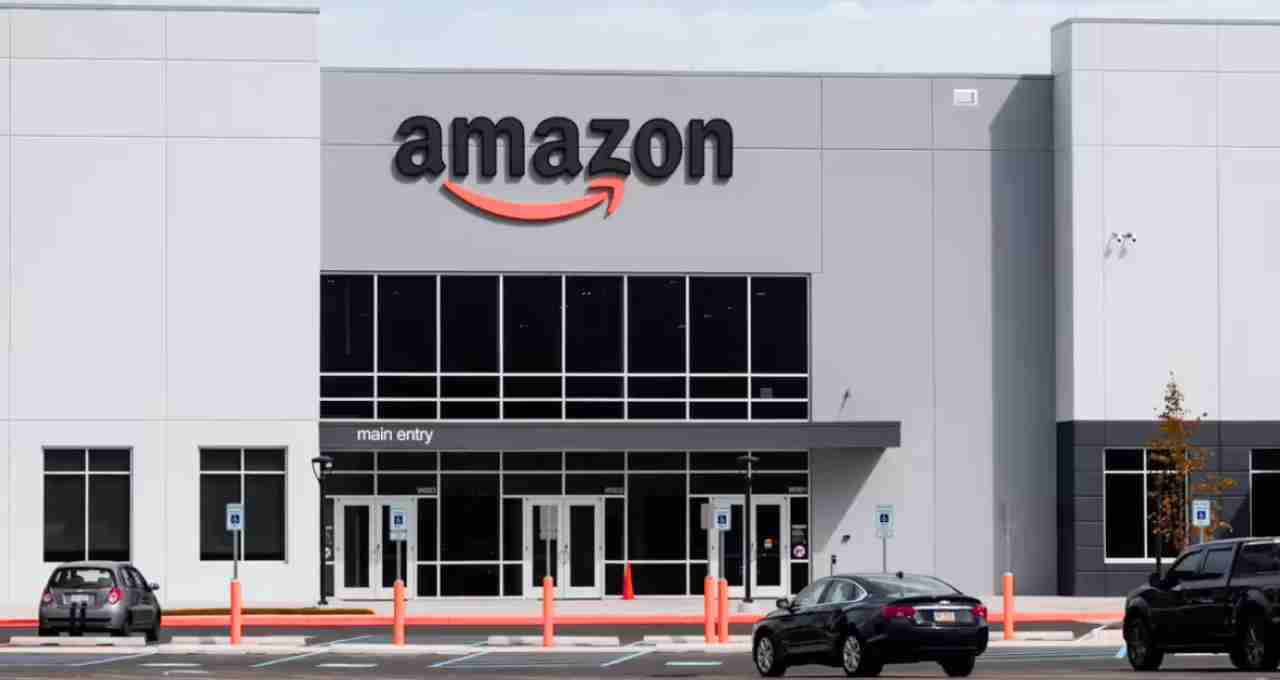Amazon also stated that this investment will foster new technologies and innovations, and improve the working conditions of employees and partners.
India's e-commerce sector has become one of the fastest-growing markets globally. Digital payments, increased mobile phone penetration, and a consistently rising number of internet users have propelled this sector to new heights. In this context, global e-commerce giant Amazon has announced a new investment of over ₹2000 crore (approximately $243 million USD) in India. This investment will not only strengthen the company's logistics capabilities but also further enhance the experience for Indian customers and employees.
Focus on Network Expansion and Technological Upgrades
Amazon has clarified that this investment is geared towards strengthening its operational network within India. The company will utilize these funds to open new sites, upgrade existing fulfillment centers, and make its sorting and delivery network more efficient.
The goal of this strategy is to provide customers with faster and more reliable services. Simultaneously, supply chain efficiency will be enhanced to ensure timely product delivery at minimal cost. According to Amazon, this investment will increase processing capacity and improve order fulfillment speed.
Background of the Growing E-commerce Market in India

India's e-commerce sector is experiencing rapid growth. One estimate suggests that this market could reach $325 billion USD by 2030, growing at a compound annual growth rate of 21 percent. Key factors contributing to this expansion include increased mobile internet access, affordable smartphones, the popularity of digital payments, and the digital preference of young people.
In this rapidly changing landscape, Amazon and companies like Walmart's Flipkart have reshaped the country's online retail sector. Meanwhile, smaller online startups are also competing with these giants. Amazon's new investment will not only provide a competitive edge but also strengthen the nation's digital infrastructure.
Benefits for Customers, Increased Trust
This Amazon investment is directly aimed at benefiting customers. The company plans to upgrade its delivery network to provide faster, safer, and timelier services. This will directly benefit consumers in smaller towns and rural areas by ensuring timely deliveries.
Furthermore, an improved logistics network will increase product variety and availability for customers. Efforts are also underway to simplify and speed up the returns process, increasing customer satisfaction and strengthening their trust in Amazon.
Steps Towards a Safer and Inclusive Workplace

Amazon's new investment is not solely focused on technology and consumers; the company is also prioritizing the improvement of its employees and workplaces. Amazon stated that both new and existing buildings in its operational network are designed with energy efficiency in mind.
These buildings are being made more accessible and safer for people with disabilities. Additionally, workplace cooling solutions, safety initiatives, and rest areas will be improved to provide employees with a healthy and productive environment. This reflects Amazon's commitment to prioritizing inclusivity and workplace well-being.
Boost to Local Employment
Through this investment, Amazon will not only improve its services but also create new employment opportunities in India. The expansion of fulfillment centers, delivery hubs, and sorting units is likely to generate thousands of direct and indirect jobs. Amazon already employs millions of people in India, and this new investment will further increase this number.
In addition, the company is connecting local businesses, small vendors, and artisans to its platform, increasing both their income and reach. Programs like 'Local Shops on Amazon' and 'Kirana Partnerships' are injecting new energy into rural and small-town economies.















